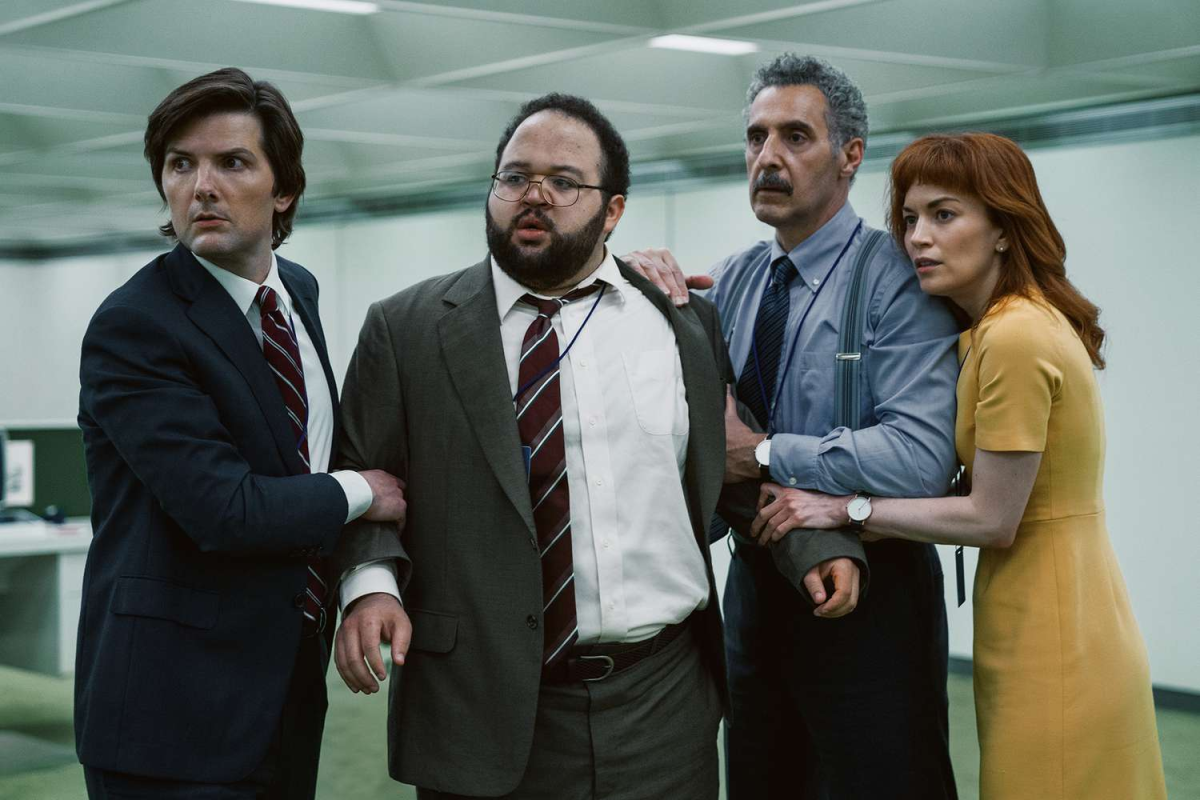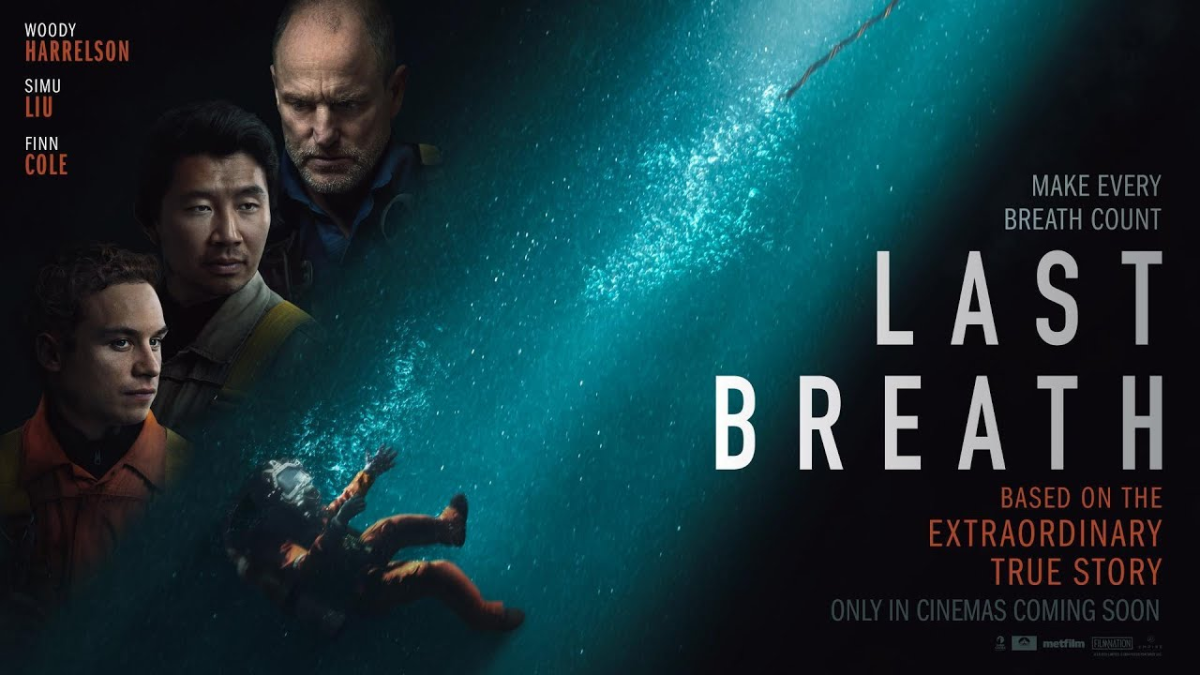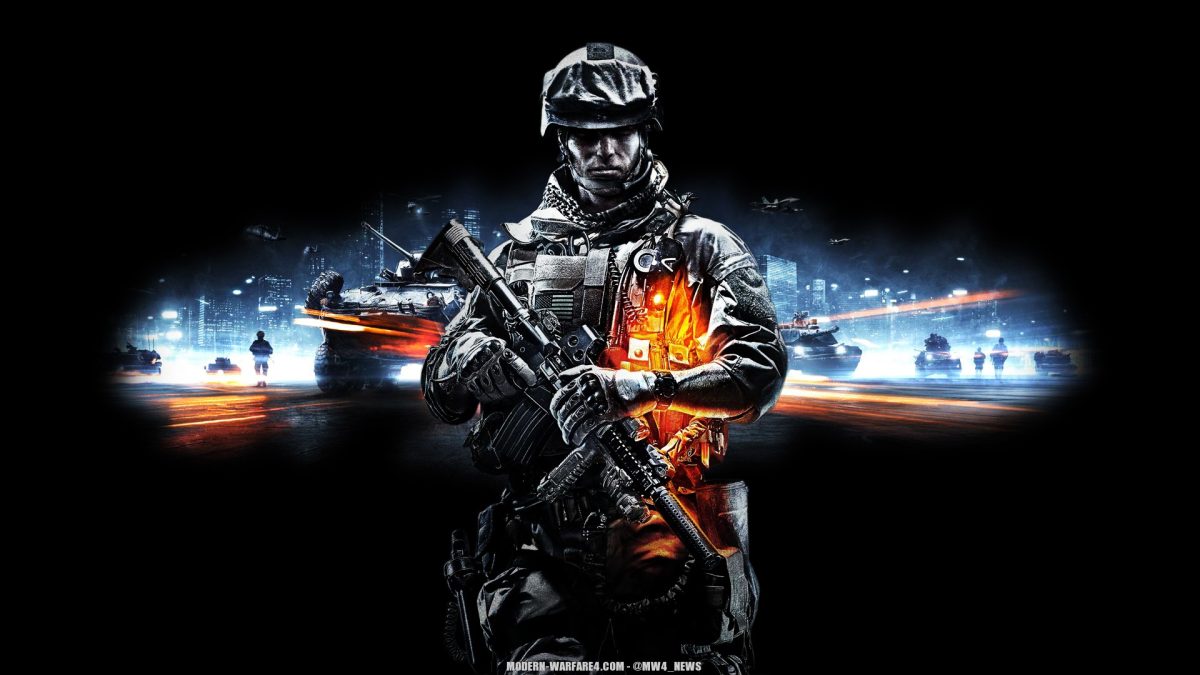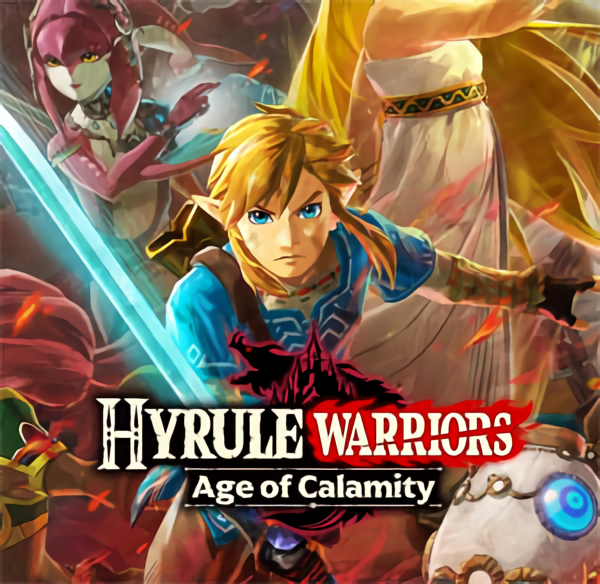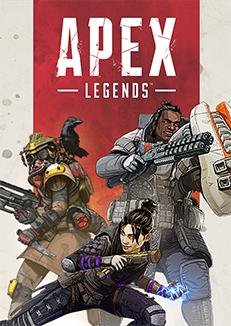Who the hell is soap?
After the gargantuan success that was Battlefield 3, Dice and EA are back at it again with the newest iteration in the Battlefield franchise. Touting a new Frostbite-3 engine, some next gen power and expanded new dynamic multiplayer maps, BF4 has its sights set at overtaking Call of Duty to reign as the #1 shooter on both consoles and PC. Does it succeed, or fall into the murky waters of generic shooter territory? Find out below.
Battlefield 4 (Xb360/Xbone/PS3/PS4/PC) is a first-person shooter set in the year 2020, with the world tinkering on the brink of war (as per canon in these games). After being blamed for an assassination attempt on a Chinese leader, the US, this time teamed up with Russia, is set upon righting wrongs, finding out the true perpetrators and preventing the start of another world war. It is absolutely cliché to the max, and is really, really lackluster in that regard. There is nothing in the story mode that you will remember (aside from punching dogs) because you have seen it all before, for many years in a row now. Same gray explosions, same gray landscapes, same cheesy one-liners, over and over. However, as much a fan as I am of the whole package of games (story, scenery and gameplay) I can’t help but feel that it would negatively affect my opinion of this game, and do a disservice to those of you reading it. Battlefield was a multiplayer game first, thriving on the PC well before its debut on consoles with Battlefield 2. Single player was never a factor in the games, and was only added on to ensure more sales. As such, to those of you getting ready to skewer me, I assure you that it won’t factor so heavily on the review, because there is a lot more here to love.
What I cherished about the Battlefield series was the multiplayer. Not for the general reason everyone else has (ala team deathmatch and the like) but because of the sheer dynamics of it. Similar to the COD series, Battlefield allows you to customize your unit of choice with an array of weaponry and gear ranging from handguns, rifles, shotguns and grenades. The key difference here, however, is that each class, despite the initial load-out, changes up how you play each match. Once you choose your class (Assault, Support, Recon and Engineer) and your load-out, you are thrust onto an enormous map and tasked with helping your squad using varied strategies based on the class you chose. Say you picked support for your initial class. Instead of running and gunning like your recon brethren, you would be more tactical, planting claymores and suppressing the enemy team with mortar fire to keep your squad mates from dying on the field. If you are not so good on with scoping out enemies, you may want to try your hand with the assault class. Although equipped with a rifle and knife similar to the other classes, this one specializes in helping teammates out by throwing down valuable health kits or granting second lives to fallen comrades with the use of their defibrillators. This was my personal favorite class in all the Battlefield series, as I would spend countless hours healing my team and proving backup while they pressed in on the enemy.
As stated above, these levels are massive on the scale of Halo 1’s first few levels. In fact, they are so big that most maps have some sort of vehicle scattered about to allow for fast traversal of the map. And herein lies BF4’s strongest feature: its diversity. At the start of a match, you may find yourself swimming to a boat to take over an enemy stronghold by sea, while your squad mates take some jets and try to bomb the enemy by air and your support group sits on the tanks in the back, lobbing mortar fire. Suppose the enemy has then shifted into a building and fortified it, so that you cannot get inside to take over the location or plant a bomb. Instead of running and getting shot, you can simply tell your team to shoot the support beams of the building and watch as the entire map fills with smoke and debris from the ensuing demolition. After the enemy team has now been pancaked, you can run to the rubble and take over the newly opened territory. Matches can change just that quickly, whether by capture points falling apart, dams crumbling to change portions of the map into makeshift rivers, and so on, leaving you with plenty to do well after you have finished the single player experience.
Bottom Line: This game is a blast, and doubly so on the PC and next gen consoles. While it is just as good a game on the PS3/X360, the matches scale from 24 player combat on current gen systems to 64 player action on the next gens and PCs. While the maps themselves are still the same, it is a lot less barren and therefore more enjoyable. Despite that, and the obvious graphical improvement, it is largely the same game across all platforms. When it comes down to it though, I enjoyed this game because unlike too many other shooters, it requires me to think about my actions. Respawns are not instant, so I do not run around like I am invincible. On top of that, cover is destructible so I must make sure I am ready to move whenever shells start flying. If you are a fan of FPS games and are willing to fork out $60 for a superb multiplayer experience and a ‘meh’ single player one, I highly recommend you pick this up now, or as one of your launch titles for the next gen consoles.
Next review: Assassin’s Creed 4: Black Flag
by Ayodeji “Vatsu” Asagba














